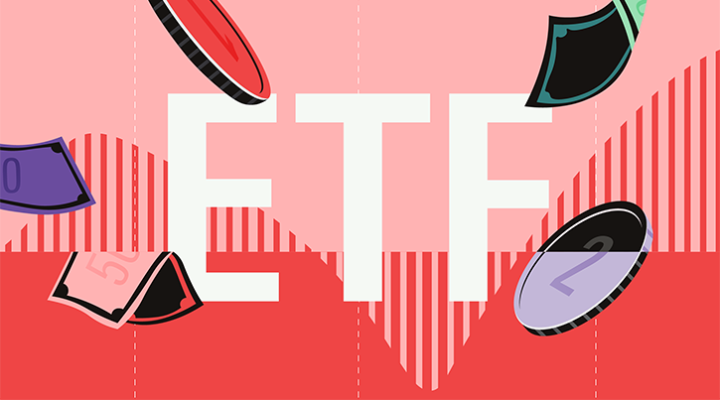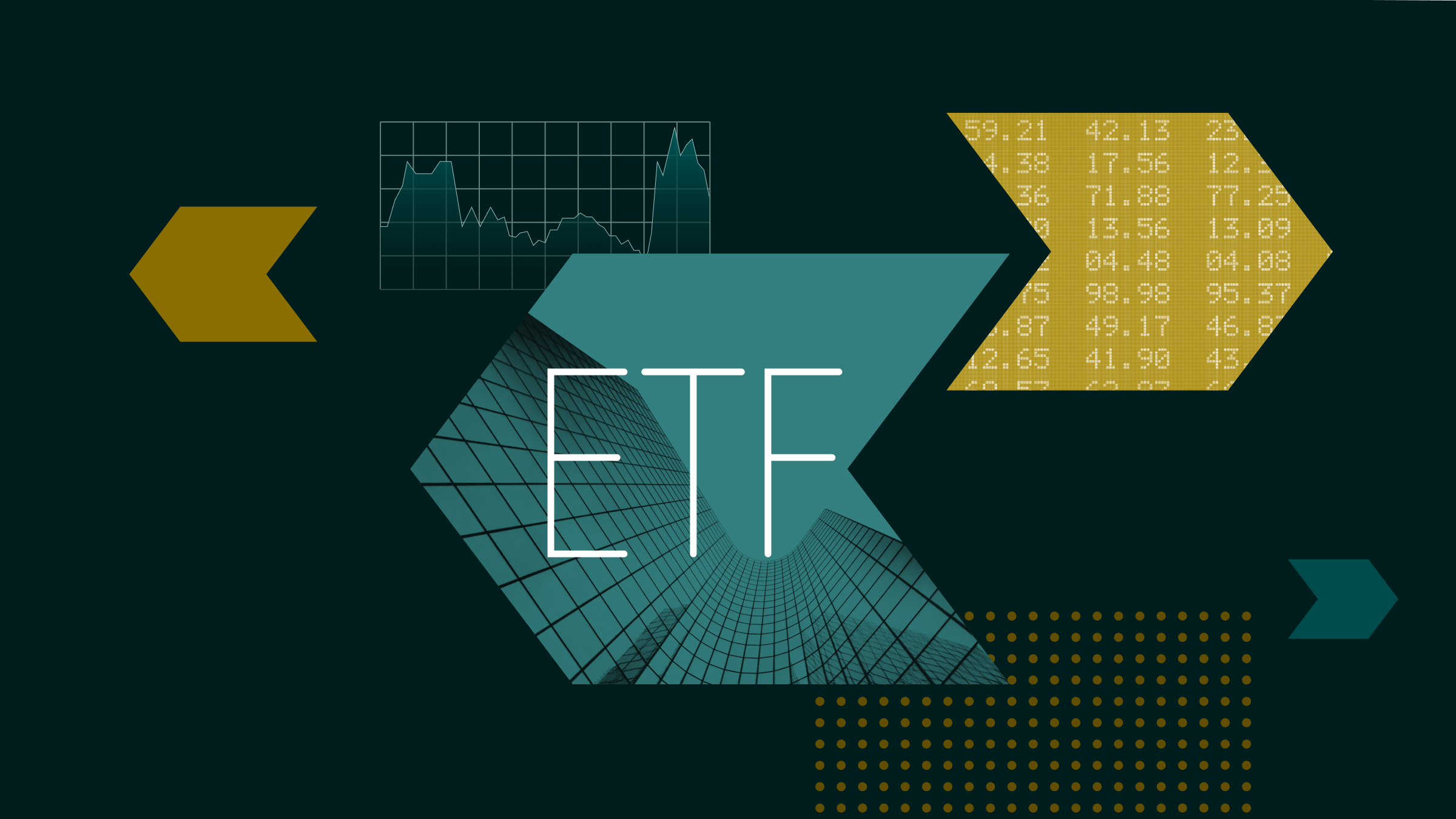Even in the most casual workplaces, managers review their employees annually. And for good reason: Employers compensate employees for performing well, giving their best effort and sharing their ideas. Employees need to know how well their supervisers think they're doing and whether they're on track to meet their career goals. Their livelihoods depend on it.
Your investment portfolio requires regular reviews, too. You need to supervise it, just as your manager supervises you, to make sure it stays on track.
Rebalancing is important, but before you get to that stage you need to be familiar with your portfolio's recent moves.
Let's take a look at how to review:
1. The performance of your individual investments and your overall portfolio
2. The characteristics of your portfolio
3. The fundamentals of your funds
The next lesson will focus exclusively on how to review the fundamentals of your stocks.
Monitoring Performance
First, examine your portfolio's overall results during whatever time frame you've chosen. How do these returns compare with the benchmark you've established for this portfolio and the long-term returns you're expecting?
Of course, your portfolio isn't going to return exactly what you need each and every time you examine it; the idea is for the portfolio to average out to that expected return figure over time. So if your portfolio has not met your average required return over whatever time period you've chosen, don't panic. Conversely, if your portfolio has returned more than you expected, don't go on a spending spree.
However, if your portfolio has suffered losses, make sure those losses are within the acceptable range you set forth in your Investment Policy Statement. If not, your portfolio may have more risk in it than you think, and you may need to re-evaluate your holdings.
Let's take an example. Say you own shares of Royal Dutch Shell, BlackRock UK Income, Fidelity Special Situations, Vodafone, and AstraZeneca.
To understand why your portfolio behaved as it did, turn to your individual holdings. For example, In Morningstar.co.uk's Portfolio Manager, you'll find the returns of your individual portfolio holdings during whatever time period you've chosen.
If you've entered your portfolio in our Portfolio Manager, it's easy to figure out how well your investments are performing. Not only does Portfolio Manager list each of your holdings, but you'll see a graphical display of performance, too.
Maybe one or two of your investments fell short of expectations while others returned more than you expected--understand why. Perhaps value investing was in favour during the period, so that part of your portfolio did well. Or maybe foreign stocks were in the doghouse, and that hurt your foreign holdings. Or maybe the overall market suffered--or thrived--and all of your investments followed suit. Put the performance of your investments in context.
The best way to do that is to compare your returns with those of an appropriate benchmark--the benchmark you laid out for each investment in your Investment Policy Statement.
Monitoring the Characteristics of Your Portfolio
Of course, making sure that your investments are performing as they should is important. But it's also key to oversee your portfolio's characteristics.
Portfolios aren't static. They change without us doing anything to them. That's because market forces will make some investments perform better than others--which means they'll take up more of our assets. Or fund managers buy and sell securities, and in doing so, they change underlying portfolios of your funds and the look of your overall portfolio.
Ignore these changes and you may end up with a portfolio that's very different from the one you originally put together. Ignore these changes and you may be taking on more risk than you think. Finally, ignore these changes and you may not meet your goals.
Look for unexpected changes in your portfolio. If you find some, you need to determine how significant these changes are and if they in any way threaten your long-term investment plan or your portfolio's short-term volatility characteristics.
Investors can enter their portfolios in the easy-to-use X-Ray tool to monitor their portfolios' characteristics. You'll get an X-ray of your portfolio holdings combined together and you'll find out how your portfolio looks from a series of key vantage points.
Asset allocation: How does this current asset allocation compare to the original asset mix that you established for yourself? If the mix is off-base, it may be time to rebalance.
Style box diversification: How does this style mix compare with your original mix? If things differ dramatically, you might consider rebalancing here, too.
Stock sector: What segments of the stock market is your portfolio most and least exposed to? Is this what you expected? And how does it compare with your original sector mix?
Stock type: You may find that you have a lot of investments that are of the same stock type in the same stages of their life cycles. That isn't a bad thing, per se. But having too many aggressive and speculative growth investments can lead to lots of volatility.
World regions: How diverse are your investments around the globe today, and how do these figures compare with the global mix you set up for yourself originally?
Stocks stats: Is your portfolio carrying a high price/earnings ratio, making it more vulnerable to price risk than it may have been when you initially invested?
Top-10 holdings: How much of your assets are in each of your investments? Is this amount significantly different that it was last time you checked in? If so, you may need to rebalance.
Monitoring the Fundamentals of Your Portfolio
Just as you watch for unexpected changes in your portfolio, watch for changes in your funds, too. You want your funds to meet the same investment criteria today as they did when you first bought them. You set out your investment criteria in your Investment Policy Statement, and you should hold your funds to those criteria. If they no longer meet your criteria, do they still belong in your portfolio?
Just because a fund no longer meets one or two of your criteria is no reason to sell. But if a fund no longer clears most of your hurdles, it is a sell candidate.
For example, perhaps you purchased a fund five years ago to fill a small-growth role in your portfolio. You wanted a fund with a Morningstar Rating of at least 4 stars, a total return category rank in the top third of its peer group over the three- and five-year periods, no more than 40% of its assets in technology, and an asset size of less than £300 million.
If today, however, the fund lands squarely in the mid-cap growth slot of the style box, its Morningstar Rating has slipped to 3 stars, its category rank has fallen to the bottom half of its group, it has 60% of its assets in technology, and its asset size tops £1 billion, you're investing in a fundamentally different fund than you once were. This fund no longer meets any of your criteria.





























